
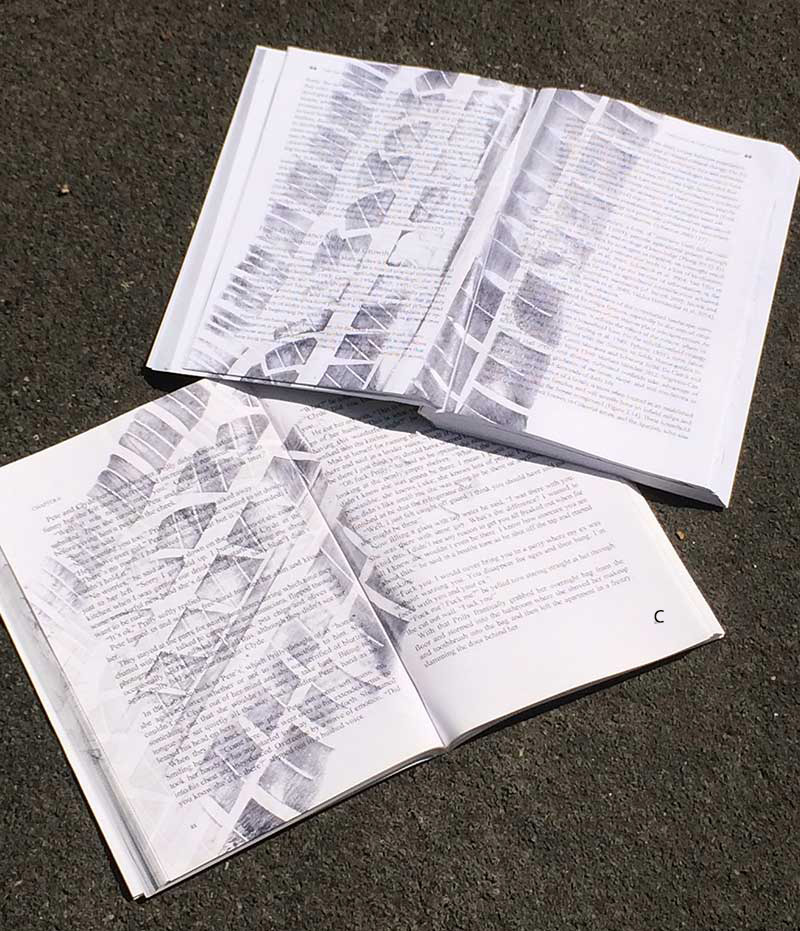

Mitch’s Blog
Old News
Thursday, March 03, 2022

Opening it carefully to avoid a blizzard of pages fluttering to the floor, I found myself looking at the first page of The Strand Magazine from February 1900. The bound volume included the monthly’s issues through June of that year.
The Strand was a well known magazine, founded in 1891 in London, including both fiction and non fiction, the elaborate drawings that characterized journalism of that age, and plentiful photographs. Its founder, George Newnes, planned for it to compete with American monthlies like Harper’s and Scribner’s. Cost was half a farthing. Contributors included literary giants like Graham Greene, Agatha Christie, Rudyard Kipling, G.K.Chesterton, and Leo Tolstoy. After a long run with a subscribership at half a million, it folded in 1950, just before I was born. A copycat literary Strand Magazine was founded in 1998 and is still around today.
Old news, you’d think? Well I’m a sucker for this stuff, for hearing what folks thought in the moment and without the perspective of the years of history that has passed since. This goes back to age 10 when one of the few inheritances I had from my recently passed grandmother was a copy of a book about World War I, written in 1917 before anyone knew who would win.
I’ve haunted used book stores for these old bound magazines ever since. I seem to find Harper’s often, including the volume covering the end of 1860 and the beginning of 1861, when I read monthly about the various steps of the United States dissolving and the disbelief that there might be a war between north and south. The last issue, April, was published just before the guns opened fire at Fort Sumter. I ponder that historical moment when I read the daily news coming out of Ukraine.
My prize finds include Scientific American. Century Magazine. Punch, Illustrated London News. And now The Strand.
The issue didn’t disappoint. Lots of short stories set in London drawing rooms with ladies in gowns swooning in their tightly-bound stays. But not all. The brave heroine of “Within an Ace”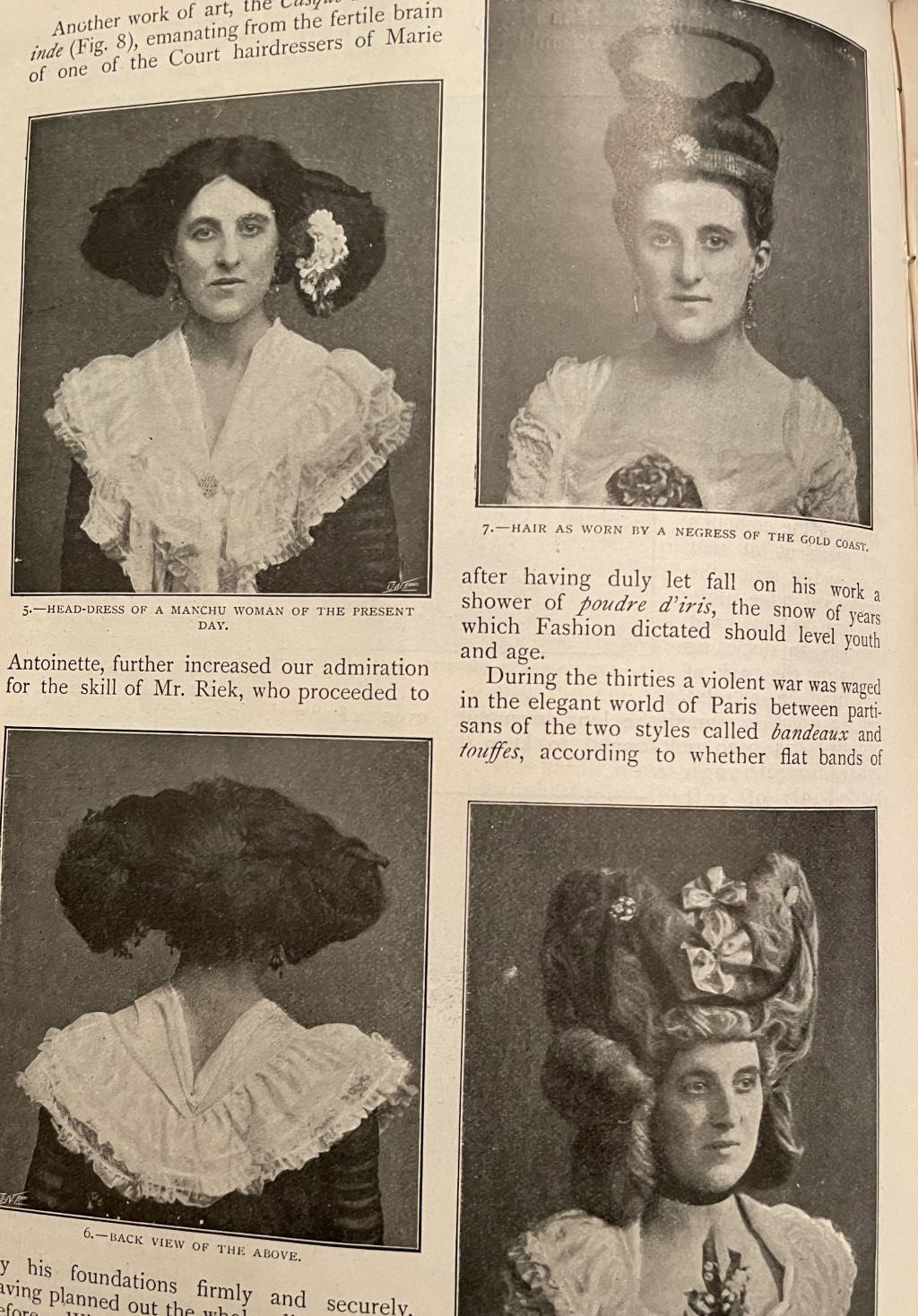
At the end of each issue was a section of Curiosities, photos and brief descriptions of unusual items sent in by readers. A bicycle made of wooden boxes, what happens when you look through the wrong end of a telescope, a three legged duck, and a photograph of ghosts on a house veranda, formulated in the days before Photoshop.
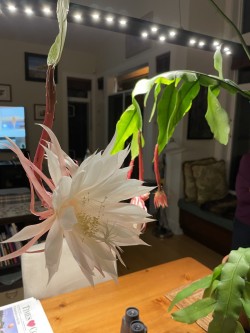
Numerous articles were associated with the British war of the moment against the South African Boers. One interviewed ship captains carrying companies of Tommies to the Cape. Another described the construction of the world’s largest cannon, the Long Tom, in Creusot. Military carrier pigeons, regimental colors, training sailors to shoot weapons, cavalry horses that made phenomenal leaps.
But what caught my eye was the June article on the "The Rontgen Rays in Warfare." Wilhelm Rontgen was a German physicist who, in 1895, invented the technique of taking photographs through human flesh that could show bones and other hard substances, like bullet shells embedded in a soldier’s body. Like most major discoveries in our technologically driven centuries, it was first used by the military. A hundred years later, we call it by a different name—x rays. The article in The Strand uses both designations. Rontgen’s discovery did not go unnoticed. He was given the first Nobel Prize for Physics awarded in 1901 and has element #111 named after him.
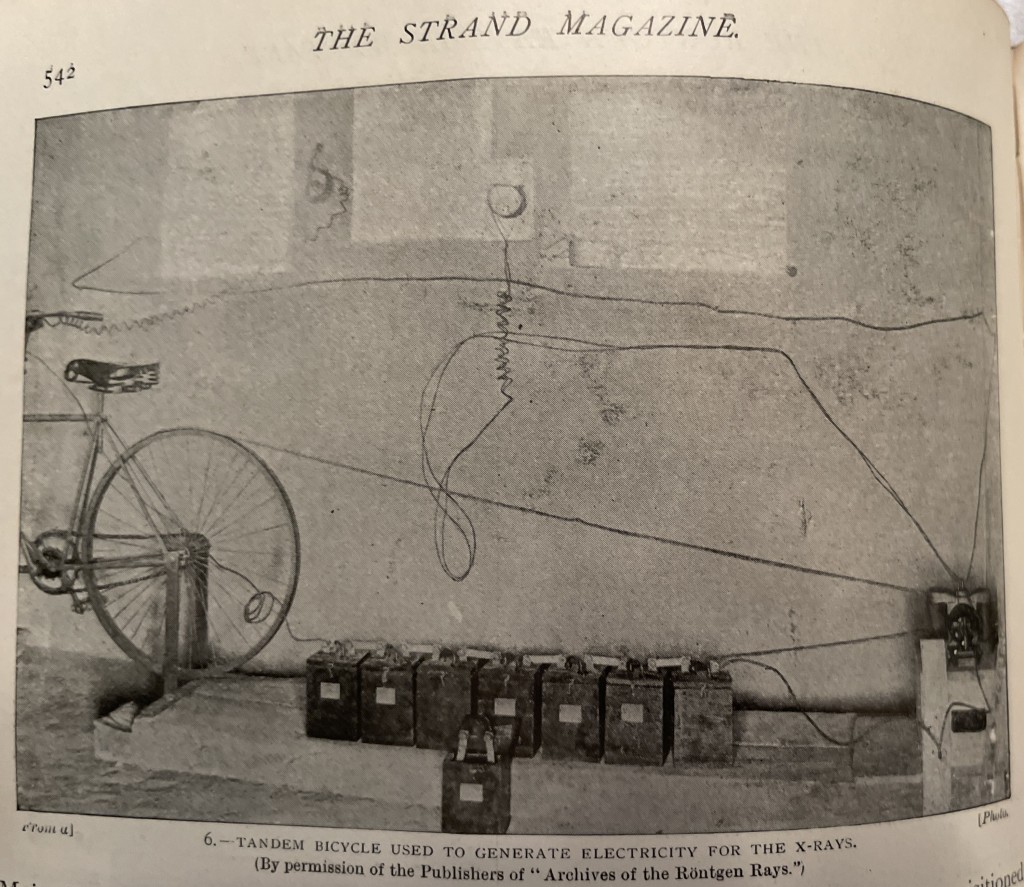
The technology challenges of 1900 were even more stark than today. We can expect to plug in an electrical device almost anywhere, except maybe in California during a summer windstorm. But British surgeon tents in Sudan or the Khyber Pass or Zululand had no access to electricity. London only got electrified in the 1880s, Cape Town in 1895. To have electricity to power an x-ray machine, Tommies were ordered onto a b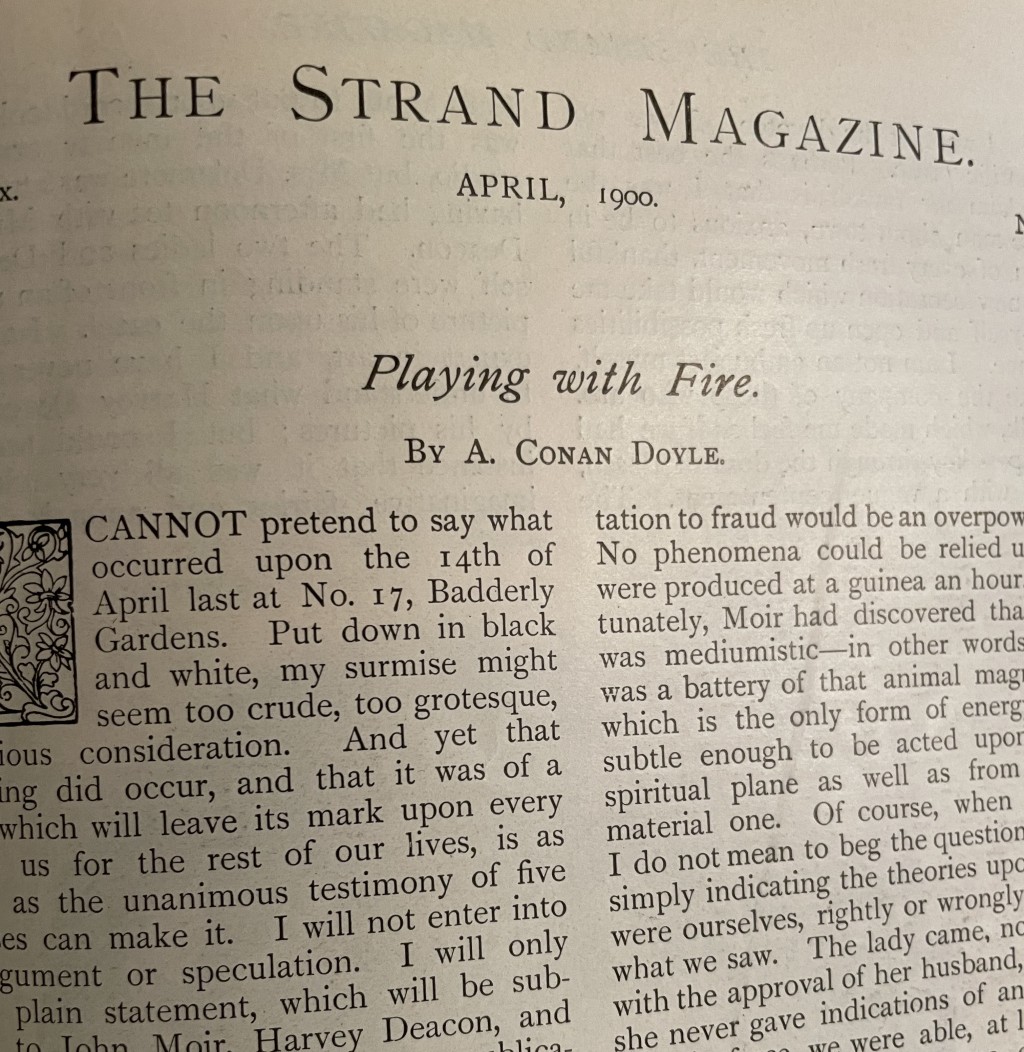
But the real claim to fame of The Strand was the popularization of a character known worldwide for the past century. A struggling writer named Arthur Conan Doyle had his first major successes with a fictional detective named Holmes in the pages of this magazine. And, sure enough, the April 1900 issues opens with ”Playing With Fire” by A. Conan Doyle. Not a Holmes story, but a murder mystery tied to a séance. The occult was Doyle’s other major interest. That short story is next on my reading list.
Between the Rontgen Rays, the murder mysteries, and the exotica in the Curiosities section, it's clear that I won’t need Netflix for quite a while.
(c) Scholarly Roadside Service
Back to Scholarly Roadkill Blog
Scholarly Roadside Service
ABOUT
Who We Are
What We Do
SERVICES
Help Getting Your Book Published
Help Getting Published in Journals
Help with Your Academic Writing
Help Scholarly Organizations Who Publish
Help Your Professional Development Through Workshops
Help Academic Organizations with Program Development
CLIENTS
List of Clients
What They Say About Us
RESOURCES
Online Help
Important Links
Fun Stuff About Academic Life


